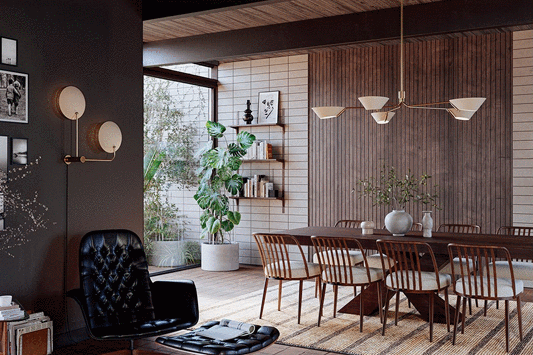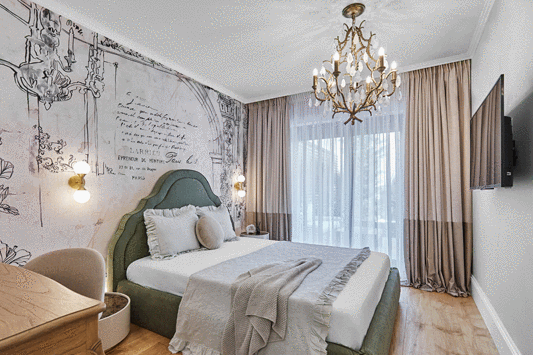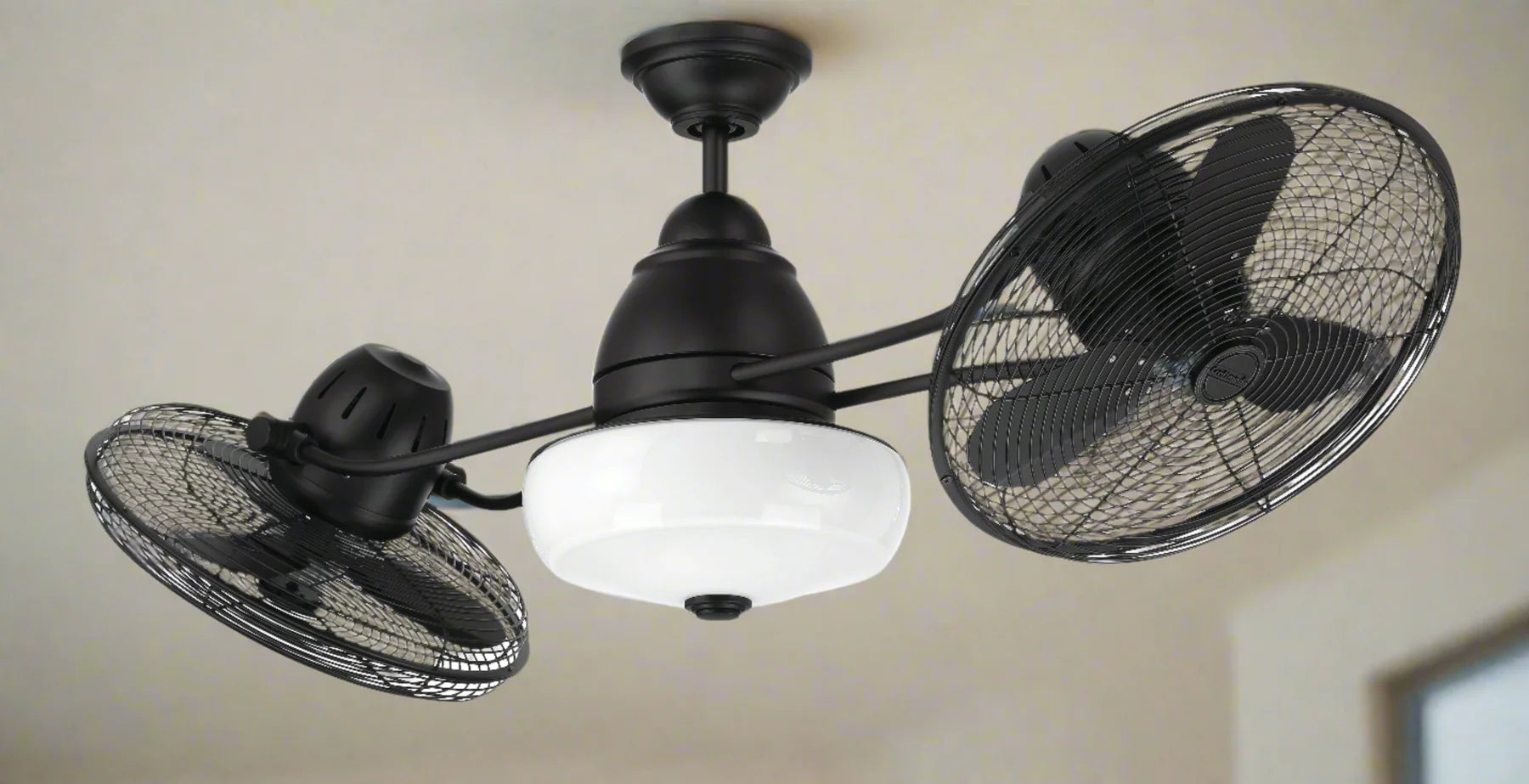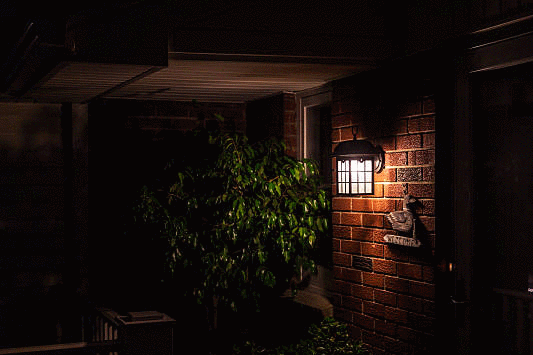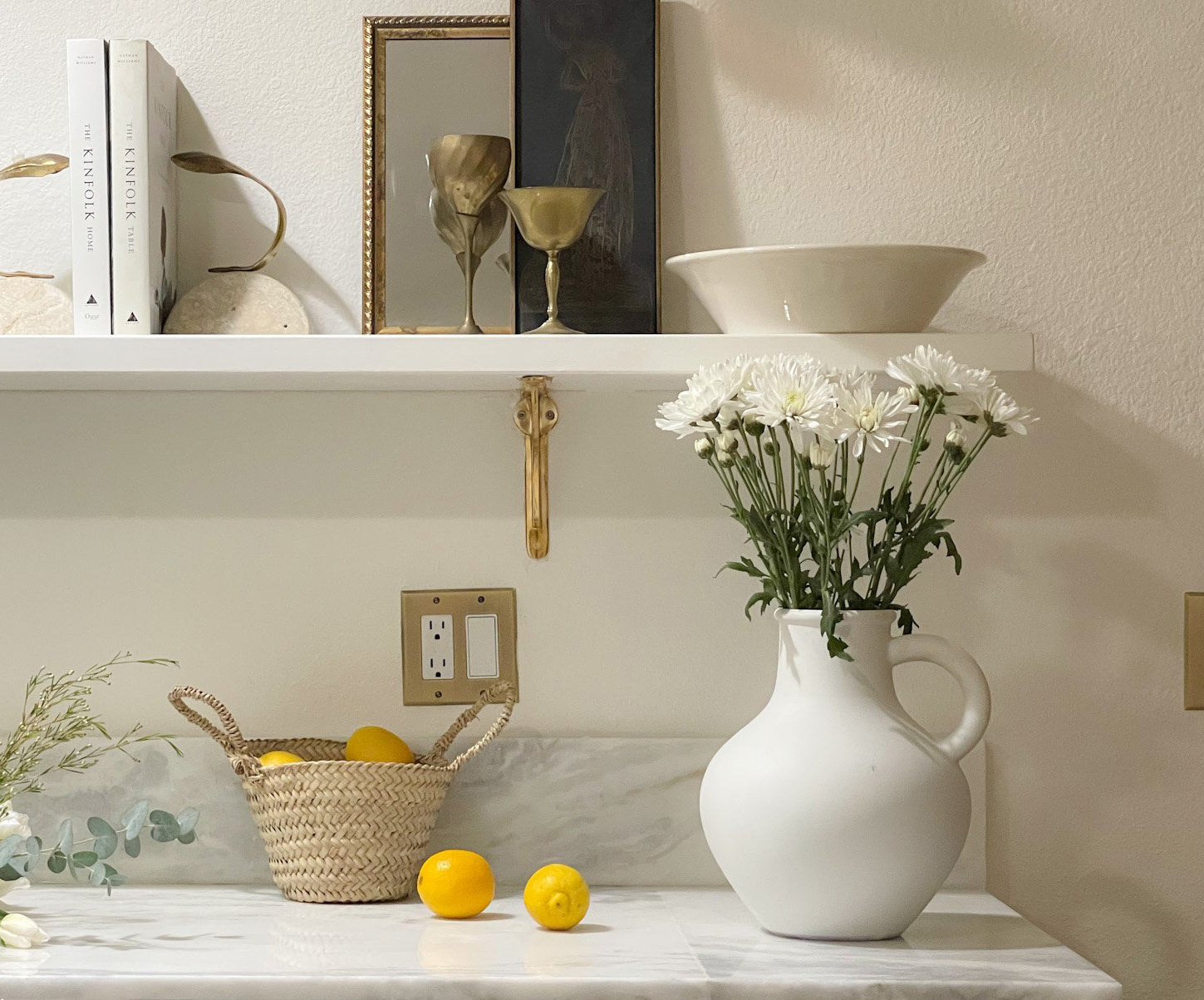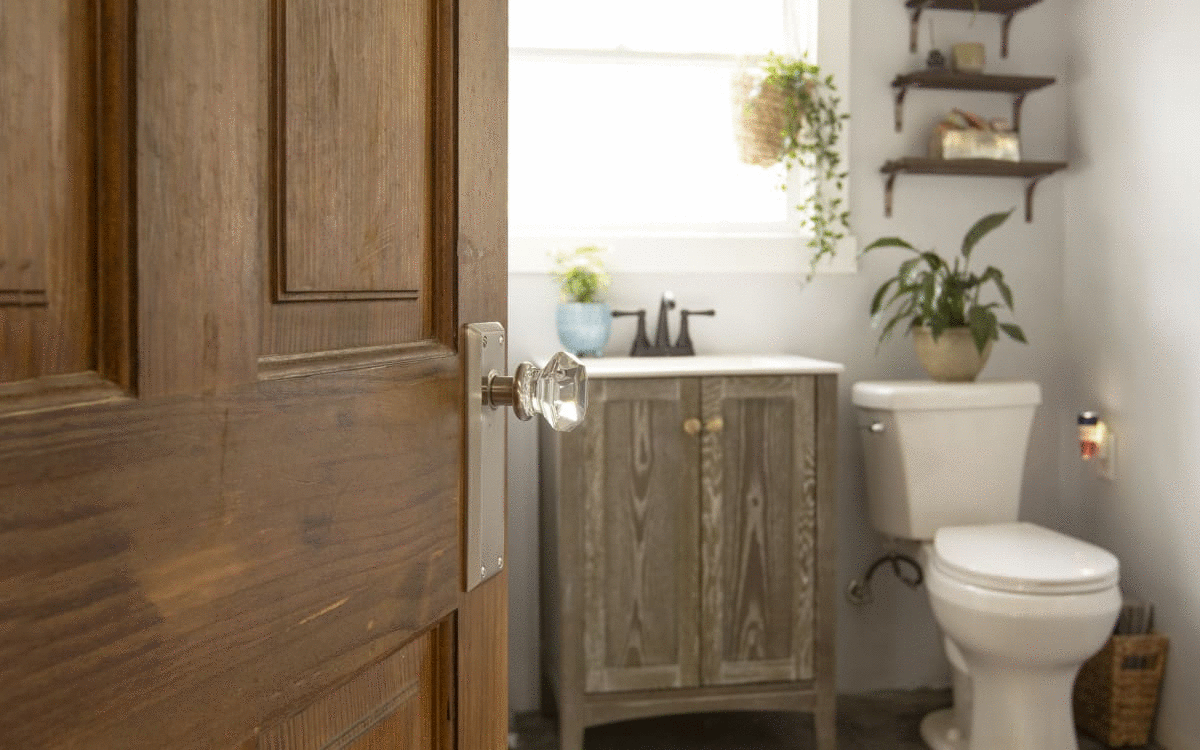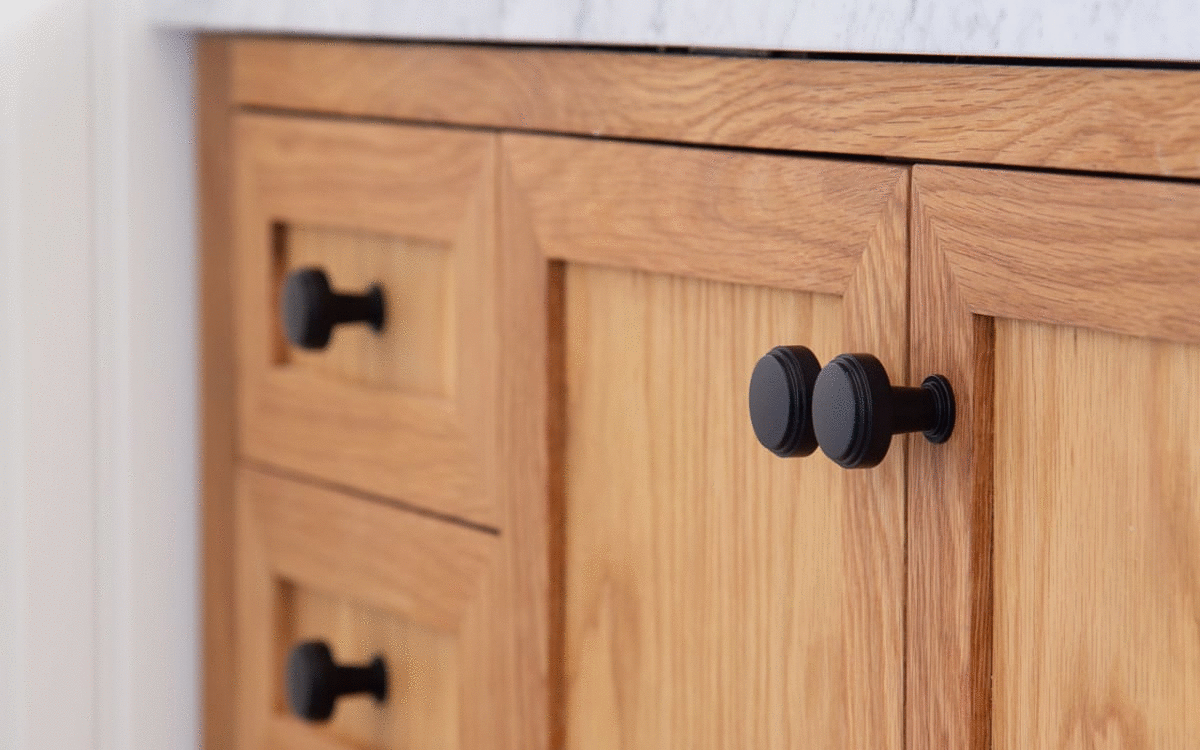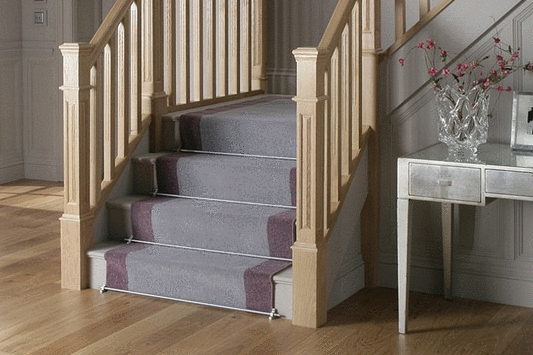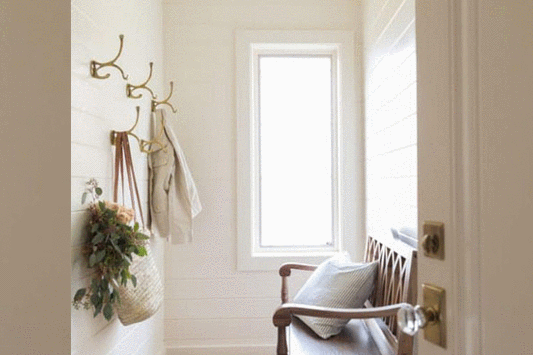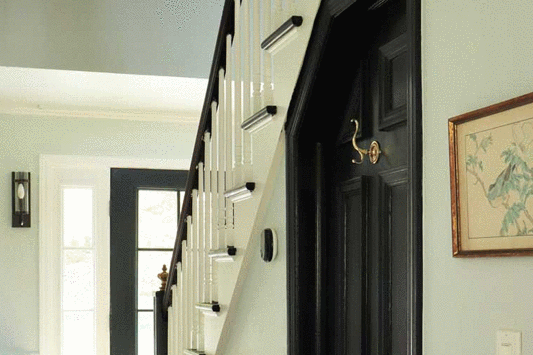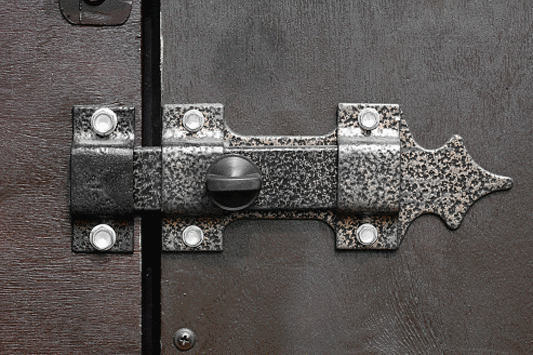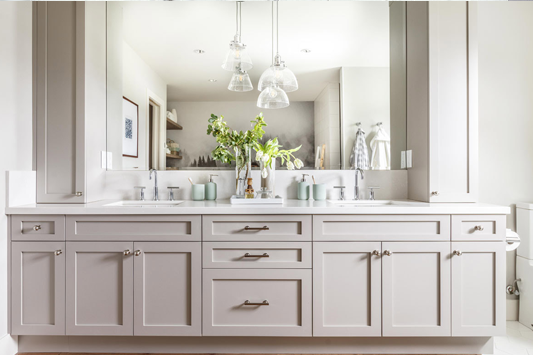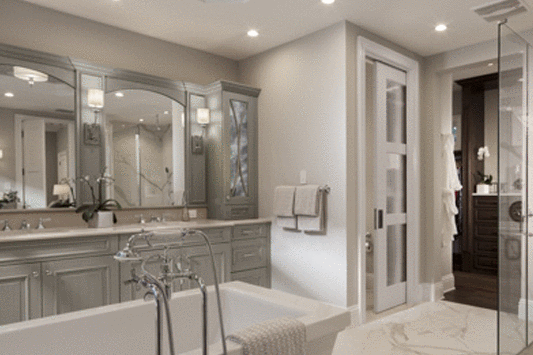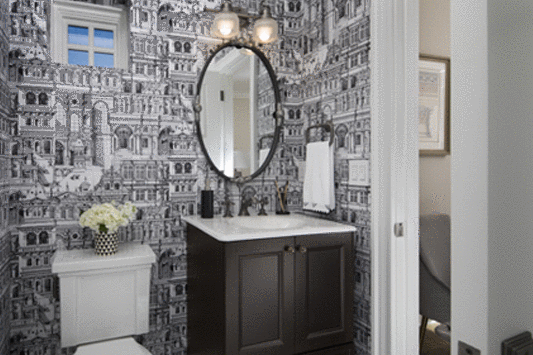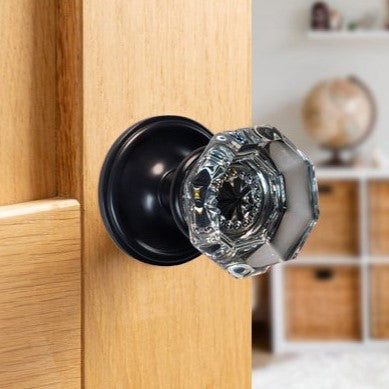The Impact of Hardware on Home Security and Functionality Throughout History
The evolution of home security and functionality has been deeply intertwined with advancements in hardware. From ancient fortifications to modern smart homes, hardware developments have significantly influenced how people protect and interact with their living spaces. This article explores this fascinating journey through various historical periods, highlighting key innovations and their impacts.

Ancient and Medieval Eras: Fortifications and Mechanical Locks
In ancient times, home security primarily relied on fortifications and mechanical innovations. The earliest forms of security hardware included basic locks and fortified structures. Ancient Egyptians are credited with inventing the pin tumbler lock around 4000 BC, a mechanism that used wooden pins and required a corresponding key to unlock. This concept laid the foundation for future lock designs.
During the medieval period, castles and fortified homes became prevalent, reflecting the need for robust security against invasions and theft. Drawbridges, portcullises, and thick stone walls were common features. Iron padlocks and complex locking mechanisms were also developed, providing enhanced security. The introduction of warded locks in medieval Europe marked a significant advancement, utilizing a series of obstructions (wards) that only a correctly shaped key could navigate.

The Industrial Revolution: Mass Production and Standardization
The Industrial Revolution in the 18th and 19th centuries brought about a significant transformation in home security and functionality. Mass production techniques allowed for the widespread availability of hardware, making sophisticated locks and security devices more accessible to the general public. The development of the lever tumbler lock by Robert Barron in 1778 and the subsequent improvements by Jeremiah Chubb in 1818 revolutionized lock security. Chubb's lock, which featured a relocking mechanism, became a standard in the industry and is still influential today.
Standardization of hardware components during this period also facilitated the development of more uniform and reliable security solutions. The increased availability of iron and steel enabled the production of sturdier and more durable locks, hinges, and bolts, enhancing both security and functionality in homes.

20th Century: Electronic Security and Home Automation
The 20th century saw the advent of electronic security systems, marking a significant leap forward. The invention of the first electro-mechanical alarm system by Edwin Holmes in 1853 paved the way for modern alarm systems. By the mid-20th century, advancements in electronics led to the development of more sophisticated security devices, including motion detectors, closed-circuit television (CCTV) systems, and electronic access control systems.
Home automation also began to take shape during this time, with early experiments in automating household functions such as lighting, heating, and cooling. The introduction of programmable thermostats and automatic garage door openers in the 1950s and 1960s represented the beginning of the smart home era.

The Digital Age: Smart Homes and IoT
The advent of the digital age has brought about a revolutionary shift in home security and functionality through the integration of the Internet of Things (IoT). Modern smart homes are equipped with interconnected devices that can be controlled remotely via smartphones and computers. This transformation has been driven by advances in wireless communication, artificial intelligence, and cloud computing.
Smart locks, which can be controlled remotely and offer features such as keyless entry and activity logs, have become increasingly popular. Companies like August and Yale have developed smart lock systems that provide enhanced security and convenience. Similarly, smart security cameras and doorbell cameras, such as those produced by Ring and Nest, allow homeowners to monitor their property in real-time from anywhere in the world.
Home automation systems, like those offered by SmartThings and Apple HomeKit, enable seamless control of various household functions, including lighting, heating, and security, through integrated platforms. Voice-activated assistants, such as Amazon's Alexa and Google Assistant, further enhance the user experience by allowing hands-free control of smart home devices.

Impact on Society
The impact of hardware advancements on home security and functionality has been profound. Enhanced security measures have provided homeowners with peace of mind, reducing the risk of burglary and unauthorized access. The convenience and efficiency brought about by home automation systems have improved the quality of life, allowing for greater control over home environments and energy consumption.
Furthermore, the integration of smart technologies has paved the way for new business models and services. Companies specializing in smart home technology have emerged, creating a competitive market that drives innovation and lowers costs for consumers. The data generated by smart devices also provides valuable insights into usage patterns, enabling the development of more tailored and efficient solutions.

Future Trends
As technology continues to advance, the future of home security and functionality looks promising. The ongoing development of artificial intelligence and machine learning will likely lead to even smarter and more intuitive home systems. Predictive analytics could enhance security by identifying potential threats before they materialize, while advanced automation could further streamline household tasks.
Emerging technologies such as blockchain may also play a role in securing smart home devices and data, ensuring privacy and preventing unauthorized access. Additionally, the integration of renewable energy sources and smart grid technology could lead to more sustainable and energy-efficient homes.

The evolution of hardware has played a critical role in shaping home security and functionality throughout history. From ancient mechanical locks to modern smart home systems, each innovation has contributed to a safer, more convenient, and efficient living environment. As technology continues to evolve, the future holds exciting possibilities for further enhancing the security and functionality of our homes.



